Have you ever wondered how a spice as common as cinnamon became a staple in kitchens around the globe?1 The history and cultural impact of cinnamon are as rich and complex as its flavor, tracing back thousands of years and crossing numerous continents. Cinnamon’s journey from a prized luxury to an everyday spice is a story of exploration, trade, and cultural exchange2.
Cinnamon, known for its sweet and woody aroma, was once more valuable than gold. Ancient Egyptians used it for embalming, and it’s mentioned in the Bible as an ingredient in anointing oil. The Romans burned cinnamon at funerals, possibly believing its fragrance could ward off evil. This high esteem set the stage for cinnamon to become a key player in the world’s spice trade3.
The true origin of cinnamon was a mystery to the ancient world for centuries. Historical records indicate that Arab traders delivered cinnamon to the ancient Egyptians, Greeks, and Romans, but they kept the source a closely guarded secret. This secrecy added to the spice’s allure and value. It wasn’t until the Portuguese found Ceylon (modern-day Sri Lanka) in the 16th century that Europeans discovered the true source of cinnamon. The Portuguese, then the Dutch, and finally the British took control of the cinnamon trade from the 16th to the 19th centuries, exploiting its value and demand across Europe4.
The introduction of cinnamon to Europe changed its culinary landscape forever. It was a sign of status and wealth to possess and use cinnamon and other spices in cooking1. Over time, as the spice trade expanded and cinnamon became more accessible, its use in cuisine became widespread. Today, cinnamon is cherished worldwide, not just for its flavor but for its health benefits, including anti-inflammatory properties and the ability to lower blood sugar levels5.
Cinnamon’s story demonstrates the power of curiosity and the desire for exploration. It underscores how a simple spice can connect cultures, transform cuisines, and influence economic and social landscapes6. Through the cinnamon trade, we see the early stages of globalization and the interconnectivity of our world. So, the next time you sprinkle cinnamon on your latte or bake it into a pie, remember the incredible journey it has taken through time to reach your table.
May the story of cinnamon inspire you to explore the richness of the world around you, appreciate the connections that bind us across cultures and continents, and remember that sometimes, the most ordinary things can have the most extraordinary histories.
- https://science.howstuffworks.com/life/botany/cinnamon4.htm [↩] [↩]
- https://www.myspicer.com/history-of-cinnamon/ [↩]
- https://science.howstuffworks.com/life/botany/cinnamon4.htm#:~:text=Many%20accounts%20say%20that%20the,at%20funerals%20in%20ancient%20Rome. [↩]
- https://www.bbc.com/future/bespoke/made-on-earth/the-flavours-that-shaped-the-world/ [↩]
- https://www.healthline.com/nutrition/10-proven-benefits-of-cinnamon [↩]
- https://www.linkedin.com/pulse/social-cultural-significance-spices-connecting-people-kaj-traders [↩]


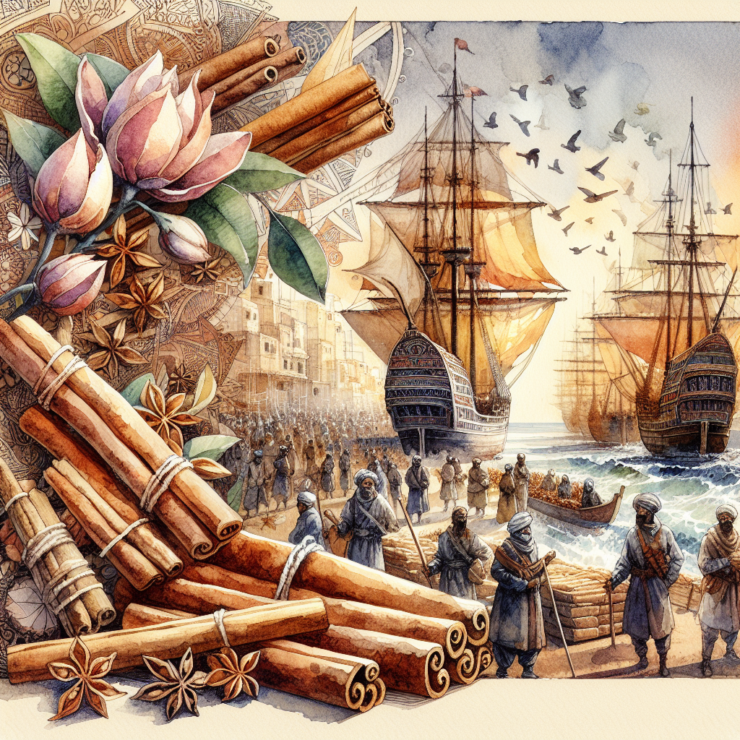

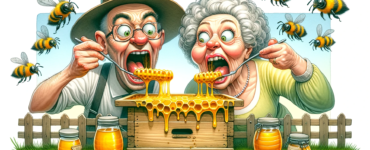
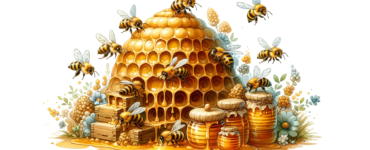
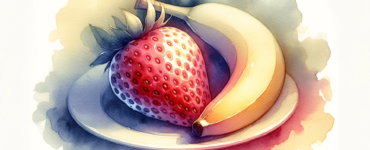
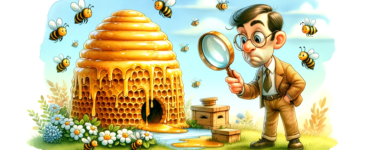




























Add comment